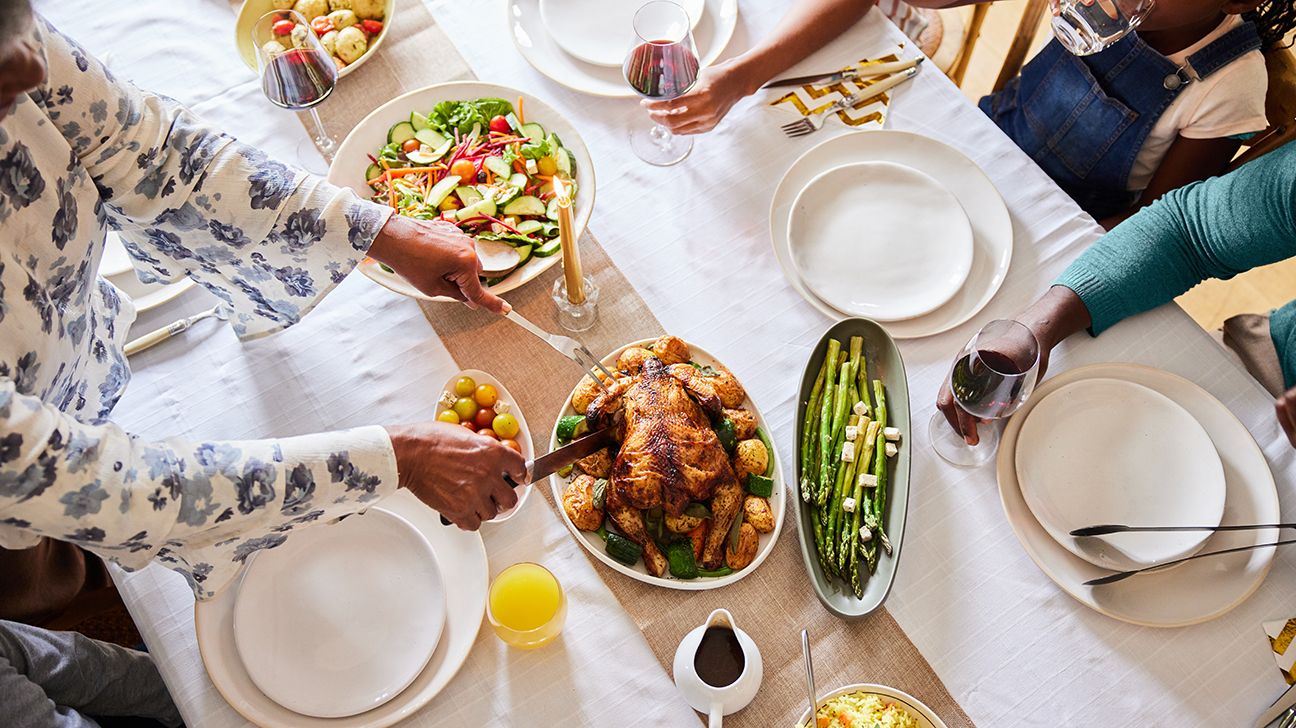Living with diabetes doesn’t mean you can’t enjoy Easter treats and traditions. You might try food swaps or alternatives with lower carbs or sugar, or adjusting medications like insulin to help manage blood sugar fluctuations.

You may think Easter treats and traditional holiday foods might not be possible if you have diabetes.
But that just isn’t true.
While you may need some advanced planning and in-the-moment adjustments, life with diabetes does not prevent you from enjoying this spring holiday and others throughout the years — times often tied to food.
Diabetes management is often a moving target. Many factors play into your blood sugar levels and how you manage the condition.
People who count carbohydrates as part of their care plan may want to consider advanced planning, from knowing what foods and treats may be on the menu before the festivities begin.
You may find a variety of tips and tricks to help you navigate holiday eating.
This can include advice from the American Diabetes Association, the
Here are some tips that may be worth keeping in mind when navigating Easter with diabetes.
While this may be tempting, it can be misleading. Low sugar doesn’t mean something is without sugar.
Often, sugar substitutes bring their own dish of side effects. Specifically, sugar alcohols used to replace sugar can be troublesome. These sweeteners to replace sugar can have a laxative effect and still contain carbs, meaning you still need to dose diabetes meds or insulin but also manage the after-effects of consuming those products.
Like everything on any day of the year, moderation is your friend. You can still enjoy candy, treats, and
- Try darker chocolate with higher cocoa content for chocolate Easter eggs and treats. This has a stronger taste than milk chocolate, meaning it may be richer, and you won’t be tempted to eat as much.
- Add mixed nuts or raw vegetables as snacks instead of sugary candies or chocolate. You might even try smaller amounts of candy to help manage how much of these sweets you or others are consuming.
By using a smaller plate, you may not be as tempted to load it up as you would if it were larger:
- Part of this can also be using the “plate method” for portion sizing, ensuring you’re taking amounts of food that aren’t larger than your fist.
- Focus on proteins and leafy green vegetables first, then add the starchy carbs and sweeter items to your plate last.
Try putting excess food entrees or snacks out of your line of sight.
This may be easier said than done, but by doing this, you may not be as tempted to reach for what’s easily accessible. It may help manage those urges for mindless eating or snacking.
Break up the snacking and eating with bursts of exercise or physical activity. Try taking a walk to help balance blood sugar levels naturally.
This is for people with diabetes who take insulin — especially those who use an insulin pump for delivery:
- You can set a temporary basal rate to accommodate different eating patterns throughout the holiday.
- Ask your diabetes care team to help navigate insulin dosing and rate adjustments to ensure you have safe blood sugar targets while managing holiday eating.
People who don’t take insulin, but take over diabetes medications for managing blood sugar levels, may also consider talking with your care team about adjusting dosages during the holidays.
You can enjoy the Easter holiday with diabetes. This condition doesn’t mean you must avoid certain treats and traditional holiday meals, but rather, you’ll want to plan accordingly ahead of time.
This might mean eating lower-carb or swapping out certain snacks or treats for alternatives. It could also mean adjusting your insulin or diabetes medication doses ahead of time and weaving exercise into the festivities to help manage blood sugar fluctuations.
Your healthcare and diabetes care team can help you navigate the Easter holiday and specific food choices that may be a part of your traditions.




